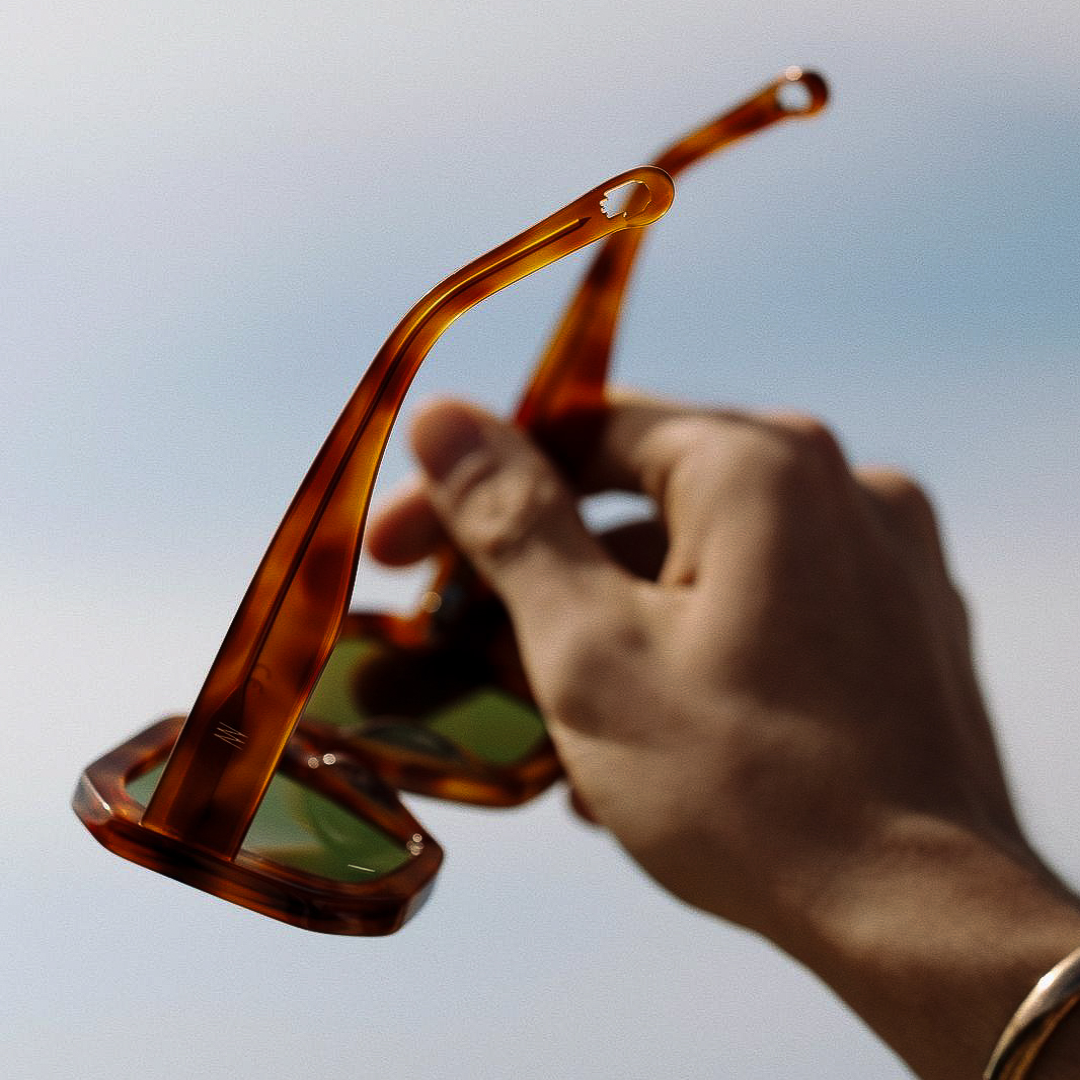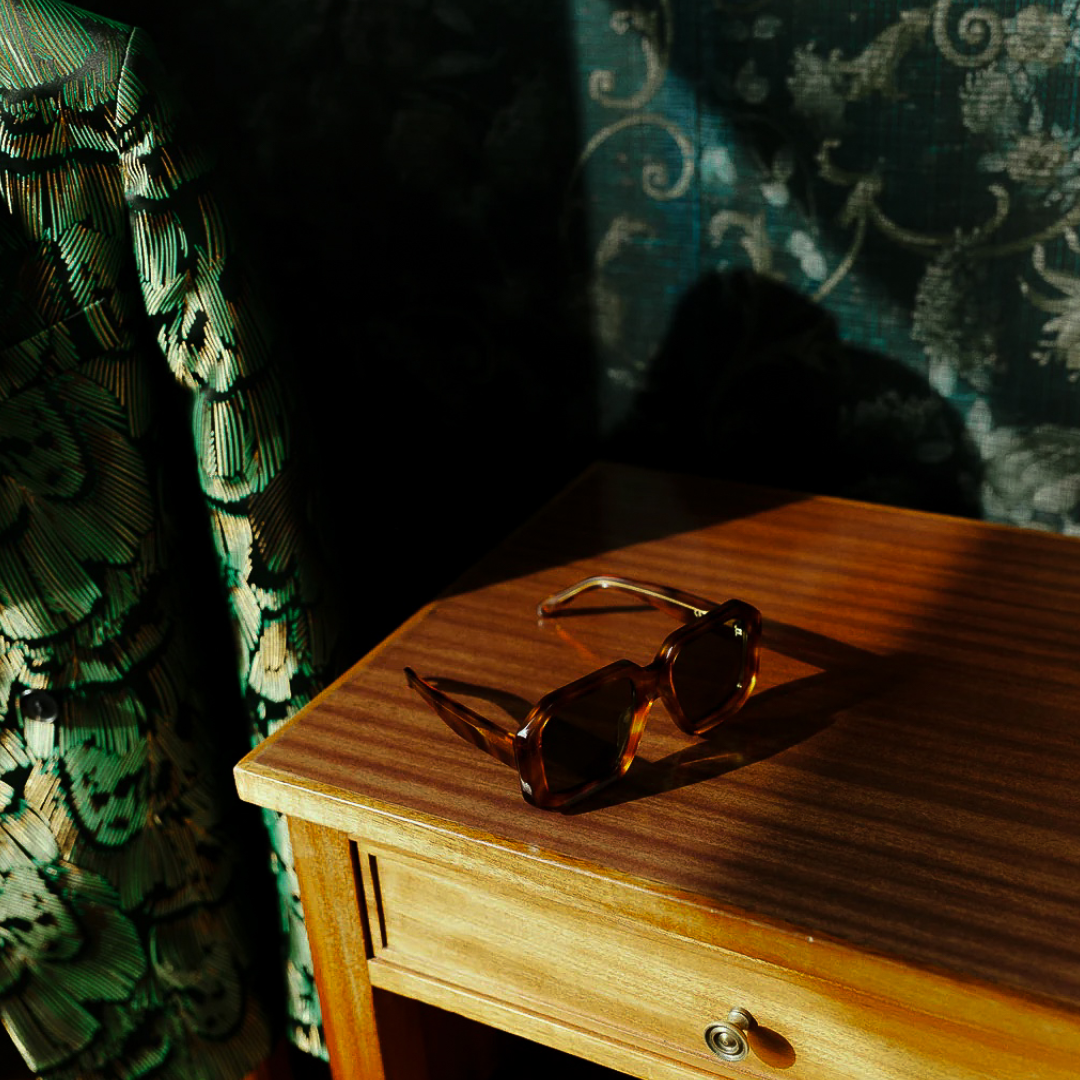
The fashion industry continues to evolve rapidly as sustainability becomes a pressing global concern. Circular fashion,then, is an approach that opposes the traditional linear model of production and disposal. By adopting practices that extend the lifecycle of products and
materials, circular fashion aims to minimize waste and resource consumption.
This blogpost delves into the fundamental principles of circular fashion design,
the importance of eyewear in the circular economy, consumer benefits, practical
tips for driving the movement, and future trends in the industry.

Key principles of circular fashion
Circular fashion is built upon a foundation of guiding principles that seek to ensure a closed-loop system.
Here are the main concepts:
- Recycling: Recycling involves breaking down
products into their raw materials so they can be reused to create new products. This reduces the need for virgin resources and eliminates high waste
production. However, in the context of circular fashion, recycling is often perceived as a last resort after other strategies have been utilized. - Upcycling: Upcycling enhances the value of
discarded or expired items by creatively repurposing them into new products. This approach not only mitigates waste but also encourages the release of
unique, one-of-a-kind fashion pieces into the market. - Designing for Longevity: Durability is a cornerstone of circular fashion. Products designed for longevity can be worn longer and passed on to new owners, delaying the cycle of disposal. This
principle also involves designing items that are easier to repair, increasing their lifespan and reducing the demand for new materials.

How does eyewear fit into all this?
More often than not, fashion mainly highlights clothing and footwear. However, accessories like eyewear are significantly important players in the circular economy. Eyewear brands incorporate recycled materials such as reclaimed plastics and metals into their designs, reducing the environmental impact and promoting a sustainable ethos.
For example, circular eyewear companies prioritize eco-friendly production methods, using modular designs that enable easy repair and part replacement. This allows for a longer use of glasses and reduces the waste traditionally associated with linear production. By opting for such brands, consumers actively contribute to minimizing environmental degradation.

Benefits for consumers
Investing in circular fashion has revealed
several compelling benefits:
- Long-Term Value: Circular fashion embodies
quality over quantity. Well-designed items for durability have a higher upfront cost but offer greater value over time as they last longer and require fewer replacements. - Quality and Craftsmanship: Circular products often feature superior craftsmanship, as they are designed with repairability and longevity in mind. Consumers may thus enjoy products that retain their appearance and functionality for years along the line.
- Eco-Conscious Consumption: Supporting
circular fashion empowers consumers to opt for more sustainable choices. This reduces their carbon footprint and promotes ethical production practices,
contributing to a more positive environmental impact.

Tips for supporting circular fashion
The following are some ways in which consumers could help promote and participate in circular fashion:
- Choosing Sustainable Brands: Supporting brands that are transparent about their materials, production processes, and put effort to implement circular practices. Relying on certifications that indicate eco-friendly standards is a good step in this direction.
- Investing in Quality over Quantity: Prioritizing well-made items that are designed to last, even if they come at a higher price point reduces the frequency of purchases and extends the life of your wardrobe.
- Repair and Maintenance: Taking good care of your items and, if necessary,, repairing them instead of replacing them. Brands that offer repair services or provide resources for DIY repairs are great partners in sustainability.
- Participate in Take-Back Programs: Opt for brands that offer take-back or recycling programs, allowing you to return worn-out items for proper recycling or upcycling.
- Exploring Second-Hand Options: Purchasing second-hand or upcycled products helps keep items in circulation and reduces waste production.

Future trends in circular eyewear
The future of circular eyewear encompasses exciting innovations:
- Advanced Material Technology: Eyewear brands are exploring the use of advanced sustainable materials, such as biodegradable acetate, recycled plastics, and plant-based polymers. These materials not only reduce dependency on virgin resources but are also easier to recycle or safely compost at the end of their life cycle. This shift ensures that the eyewear industry aligns with broader circular fashion goals while maintaining durability and quality.
- Tech-Integrated Solutions: Digital platforms and tools are playing a significant role in the circular economy of eyewear. Apps that track the lifecycle of glasses, provide detailed repair guides, or connect users with recycling programs make it simpler for consumers to engage in sustainable practices. Such innovations encourage responsible ownership and help extend the life of products.
- Collaborative Economy: The model of shared ownership is receiving traction in the eyewear industry lately. Brands may expand into services that offer rental programs for high-quality or limited-edition frames. This approach allows consumers to enjoy luxury eyewear without contributing to overproduction of waste, supporting sustainable consumption habits.
- Regenerative Practices: Beyond sustainability, some eyewear companies are implementing regenerative practices that not only reduce their environmental impact but actively improve the environment by incorporating practices that support biodiversity and restore ecosystems.
Circular fashion is not just a fleeting trend but a fundamental shift in how the fashion industry operates. By understanding its principles, seeing how it applies to items like eyewear, and recognizing the benefits, consumers can play an essential role in driving this movement forward. Supporting sustainable brands, investing in quality, and participating in repair/recycling programs could all contribute to a more sustainable future. Embracing circular fashion paves the way for responsible consumption and a healthier planet.
